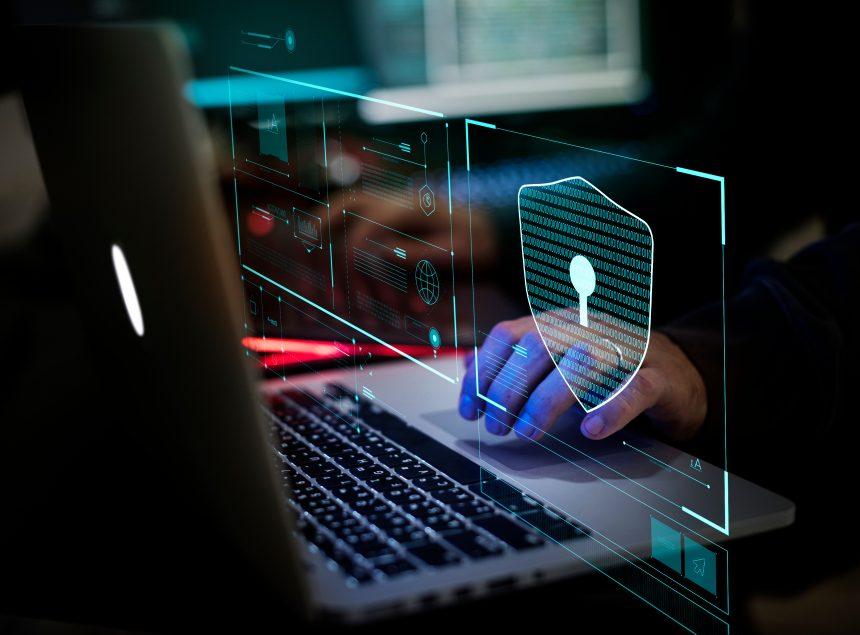SambaSpy malware has emerged as a significant concern for both individuals and organizations. This malicious software is designed to infiltrate systems, compromise data security, and cause substantial disruptions. In this article, we’ll delve into the details of SambaSpy, explore its actions and consequences, identify detection names and similar threats, and provide a thorough guide to remove it from your system. Additionally, we’ll share best practices to prevent future infections and recommend the anti-malware tool SpyHunter for enhanced protection.
What is SambaSpy Malware?
SambaSpy is a type of malicious software that targets systems by exploiting vulnerabilities in network protocols. Once inside a system, it can perform a range of harmful activities, including data theft, unauthorized access, and system damage. Its stealthy nature allows it to evade detection for extended periods, making it particularly dangerous.
Actions and Consequences of SambaSpy
1. Data Theft: SambaSpy is capable of stealing sensitive information, such as login credentials, financial data, and personal files. This stolen data can be used for identity theft, financial fraud, and other malicious activities.
2. Unauthorized Access: By exploiting network vulnerabilities, SambaSpy can grant unauthorized access to attackers. This access can lead to further exploitation of the system, including the installation of additional malware or the use of the system for launching attacks on other networks.
3. System Damage: The malware can cause various forms of damage, including file corruption, system instability, and performance degradation. In severe cases, it may lead to data loss and system crashes.
Detection Names and Similar Threats
SambaSpy malware may be detected by various security solutions under different names. Some of the common detection names include:
- Trojan:Win32/SambaSpy
- Ransomware.SambaSpy
- Spyware.SambaSpy
Similar threats to SambaSpy include:
- Emotet: A modular malware that spreads through phishing emails and can deliver other types of malware.
- TrickBot: A banking Trojan that steals financial information and spreads to other systems.
- Ryuk: A ransomware variant that encrypts files and demands a ransom for decryption.
Removal Guide for SambaSpy Malware
To effectively remove SambaSpy malware from your system, follow these steps:
1. Disconnect from the Internet:
- To prevent the malware from communicating with its command and control servers, disconnect your device from the internet immediately.
2. Boot into Safe Mode:
- Restart your computer and boot into Safe Mode. This will prevent SambaSpy from running and make it easier to remove.
3. Use Anti-Malware Software:
- Download and install a reputable anti-malware tool such as SpyHunter. Run a full system scan to detect and remove SambaSpy and any associated threats.
- SpyHunter offers a robust scanning engine that can identify and eliminate SambaSpy malware effectively. Download SpyHunter for free and perform a comprehensive scan to ensure your system is clean.
4. Manually Remove Malicious Files:
- If necessary, manually delete suspicious files and folders associated with SambaSpy. Common locations include:
C:\Users\[Your Username]\AppData\Local\TempC:\ProgramData\C:\Windows\System32\
5. Clean Up the Registry:
- Open the Windows Registry Editor by typing
regeditin the Run dialog (Windows + R). Search for and remove any registry entries related to SambaSpy. Be cautious while editing the registry, as incorrect changes can harm your system.
6. Update and Secure Your System:
- After removal, ensure your operating system and all software are up to date with the latest security patches. This will help protect against future vulnerabilities.
7. Change Passwords:
- Change passwords for all accounts that may have been compromised. Use strong, unique passwords for each account.
8. Backup Your Data:
- Regularly backup important files to an external drive or cloud storage to protect against future data loss.
Best Practices for Preventing Future Infections
1. Install Reliable Security Software:
- Use reputable antivirus and anti-malware software to provide real-time protection against threats. Ensure it is always up to date.
2. Be Cautious with Emails and Attachments:
- Avoid opening email attachments or links from unknown or suspicious sources. These are common methods for malware distribution.
3. Regularly Update Software:
- Keep your operating system, applications, and software updated to patch known vulnerabilities that malware can exploit.
4. Use Strong, Unique Passwords:
- Employ complex passwords and avoid using the same password across multiple sites. Consider using a password manager to generate and store secure passwords.
5. Educate Yourself and Others:
- Stay informed about the latest cyber threats and best practices for online security. Share this knowledge with others to help prevent infections.
Conclusion
SambaSpy malware poses a serious threat to data security and system integrity. By following the steps outlined in this guide and adopting best practices for cybersecurity, you can effectively remove SambaSpy and protect yourself from future attacks. For comprehensive protection, we recommend using SpyHunter. Download it today to scan your computer for free and safeguard your system against malware threats.





